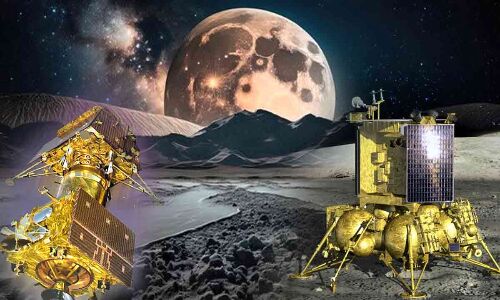Luna-25 Crashed: The Russian spacecraft Luna-25 crashed on the Moon on Sunday, marking the first failed lunar mission in 47 years. All eyes are now on Chandrayaan-3, which is expected to soft-land on the Moon’s south pole on August 23. Chandrayaan-3 was launched on 14 July 2023 and entered the Moon’s orbit on 5 August. On the other hand, the Russian mission was sent on 10 August.
How Chandrayaan-3 mission is different from Luna-25
Chandrayaan-3 is India’s third lunar mission, while Russia’s first moon landing since 1976. The Chandrayaan-3 mission consists of an indigenous Lanner Module (LM), Propulsion Model (PM) and a Rover. The lander (Vikram) and rover payloads (Pragyan) of Chandrayaan-3 are similar to the Chandrayaan-2 mission. Chandrayaan-3’s rover is capable of traveling up to 500 meters and aims to study the lunar soil and detect water in craters near the Moon’s south pole. At the same time, Luna lacked a rover.
Luna-25 was much lighter than India’s Chandrayaan-3. Luna-25 weighed about 1,750 kg, while Chandrayaan-3 weighed 3,800 kg. There is a lot of difference in the budget of these two as well. The budget of Chandrayaan-3 was 615 crores, while the budget of Luna-25 was not officially announced. According to media reports, its cost is Rs 1,600 crore.
Russia’s mission started after about 47 years. Russia did not make any noise about its lunar mission. Suddenly the news related to this mission of Russia started coming to the fore. Luna-25 directly entered the orbit of the moon. At the same time, Chandrayaan-3 has to adopt a more circuitous route.
The Luna-25 mission was planned for one year. It would have landed on the moon on 21 August. Chandrayaan-3 is to make a soft landing on August 23 at 6.4 pm. After landing on the lunar surface, it will remain on the lunar surface for only 14 days. ISRO organization has confirmed this.
